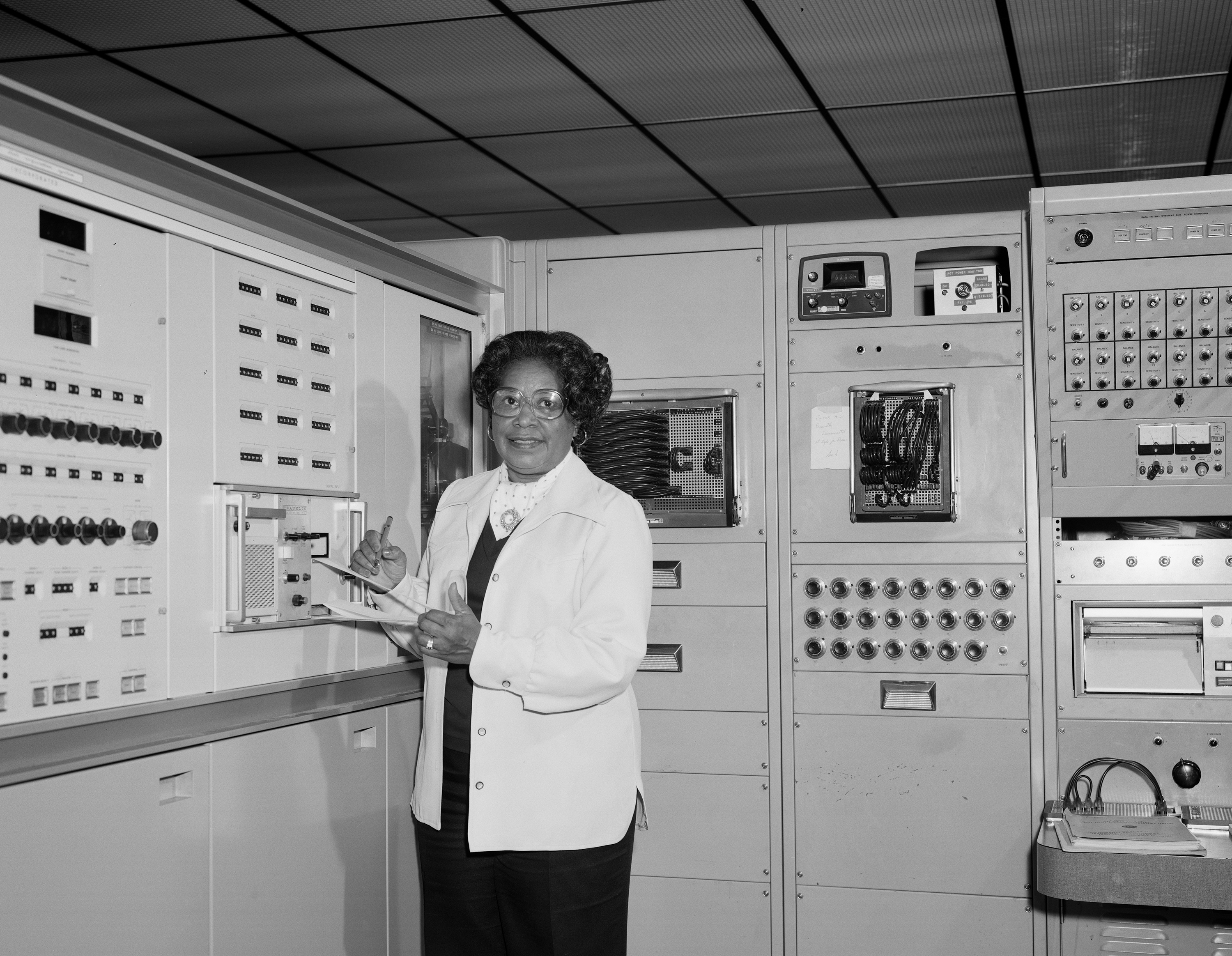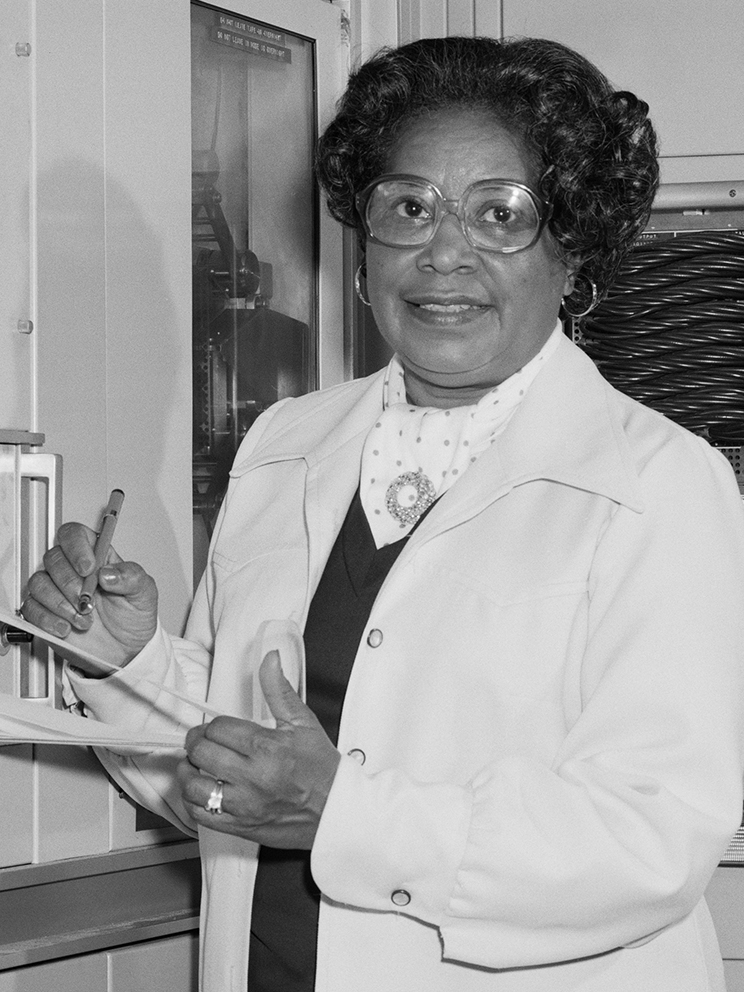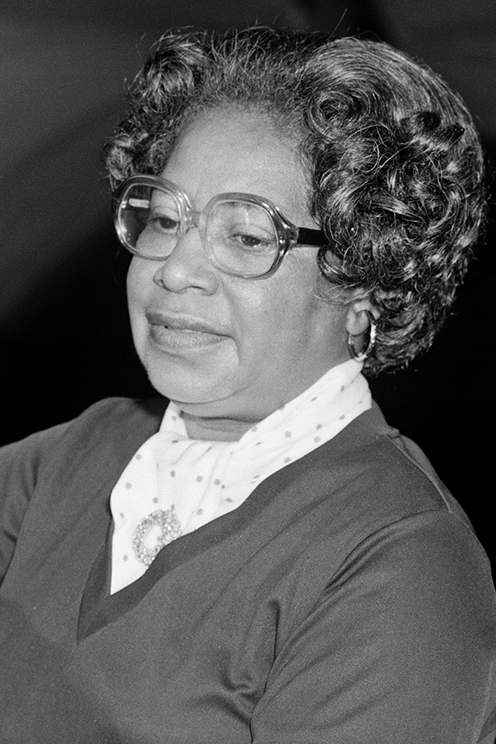Mary Winston Jackson was an African American mathematician and aerospace engineer at the National Advisory Committee for Aeronautics (NACA), which in 1958 was succeeded by the National Aeronautics and Space Administration (NASA). She worked at Langley Research Center in Hampton, Virginia, for most of her career. She started as a Human Computer at the segregated West Area Computing division. She took advanced engineering classes and in 1958 became NASA’s first black female engineer.
She was born on April 9, 1921, to Ella (nee Scott) and Frank Winston. She grew up in Hampton, Virginia, where she graduated from the all-black George P. Phenix Training School with highest honors. She earned her bachelor’s degrees in Mathematics and Physical Science from Hampton Institute in 1942. She was a member of the Alpha Kappa Alpha , the first sorority founded by and for African-American women.
Jackson served for more than thirty years as a Girl Scout leader. She was noted in the 1970s for helping black children in her community create a miniature wind tunnel for testing airplanes.

In 1953, she accepted an offer to work for engineer Kazimierz Czarnecki in the Supersonic Pressure Tunnel. The 4 by 4 foot (1.2 by 1.2 m), 60,000 horsepower (45,000 kW) wind tunnel used to study forces on a model by generating winds at almost twice the speed of sound. Czarnecki encouraged Jackson to undergo training so that she could be promoted to an engineer. She needed to take graduate-level courses in math and physics to qualify for the job. They were offered in a night program by the University of Virginia, held at the all-white Hampton High School. Jackson petitioned the City of Hampton to allow her to attend the classes. After completing the courses, she was promoted to aerospace engineer in 1958, and became NASA’s first black female engineer.She analyzed data from wind tunnel experiments and real-world aircraft flight experiments at the Theoretical Aerodynamics Branch of the Subsonic-Transonic Aerodynamics Division at Langley.Her goal was to understand air flow, including thrust and drag forces, in order to improve United States planes.
After 34 years at NASA, Jackson had earned the most senior engineering title available. She realized she could not earn further promotions without becoming a supervisor. She accepted a demotion to become a manager of both the Federal Women’s Program, in the NASA Office of Equal Opportunity Programs, and of the Affirmative Action Program. In this role, she worked to influence both the hiring and promotion of women in NASA’s science, engineering, and mathematics careers. She ultimately authored or co-authored 12 technical papers for NACA and NASA. She worked to help women and other minorities to advance their careers, including advising them how to study in order to qualify for promotions.
Jackson’s story features in the non-fiction book Hidden Figures: The Story of the African-American Women Who Helped Win the Space Race (2016). She is one of the three protagonists in Hidden Figures, the film adaptation released the same year.
She earned several awards and honors.
Mary Jackson was married with two children. She died on February 11, 2005, at age 83.

